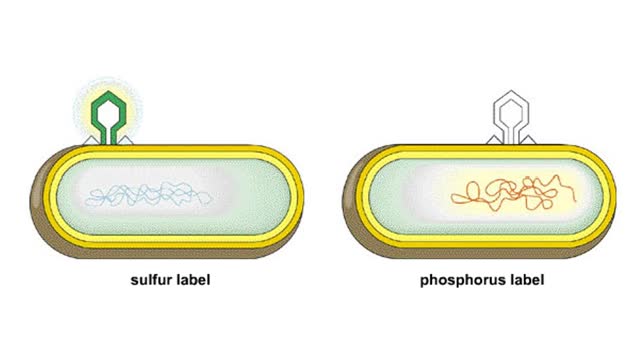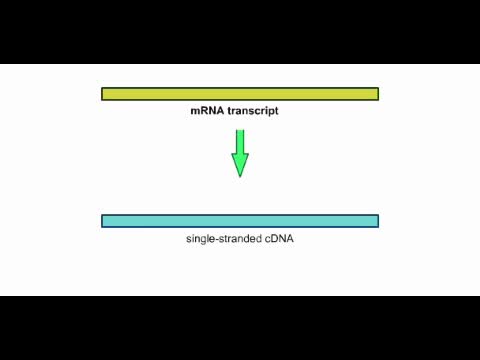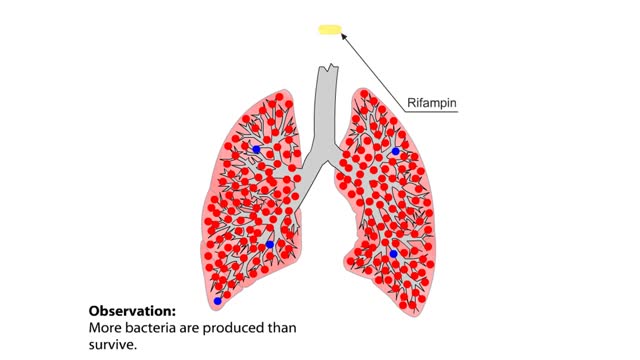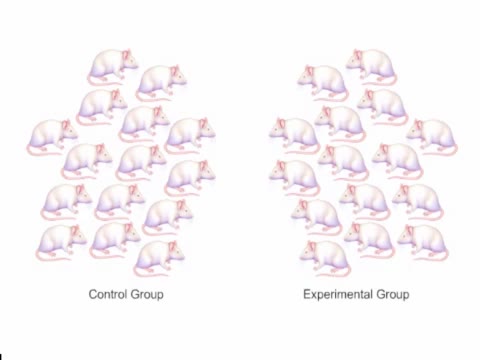Transferring genes into plants Animation
By: HWC
Date Uploaded: 11/17/2021
Tags: Transferring genes into plants Animation bacterial cell plasmid plant cell animal cell bacterial DNA bacterial plasmid ligated Genetically engineered bacteria generically modified plasmid E. coli agrobacterium transgenic cells plantlets
Researchers extract DNA from an organism that has a trait they want to introduce into a plant. The genetic donor can be a bacterial cell, a plant cell. or even an animal cell. The desired gene will be transferred into a plasmid, a small circle of bacterial DNA. The gene is cut out of the donor DNA by a restriction enzyme and ligated into the bacterial plasmid. This forms a generically modified plasmid. The modified plasmid is inserted back into a bacterium. Genetically engineered bacteria are grown in tissue culture to produce multiple copies of the gene. There are two major methods for moving a gene from a genetically modified bacterium into a plant cell. In the first method. the plasmid carrying the gene of interest is transferred from E. coli to a carrier agrobacterium. The agrobacterium inserts the foreign DNA into the plant cell, where it becomes part of the plant genome. In the second method, the surface of a microscopic metal particle is coated with gene-containing plasmids. The foreign DNA becomes incorporated into the plant genome. In both cases, the final product is a transgenic plant cell. A transgenic plant cell divides in culture to produce many transgenic cells. The cells are cultured to form plantlets. The plantlets are transferred to soil, where they grow into transgenic plants with new traits.
Add To
You must login to add videos to your playlists.
Advertisement












Comments
0 Comments total
Sign In to post comments.
No comments have been posted for this video yet.